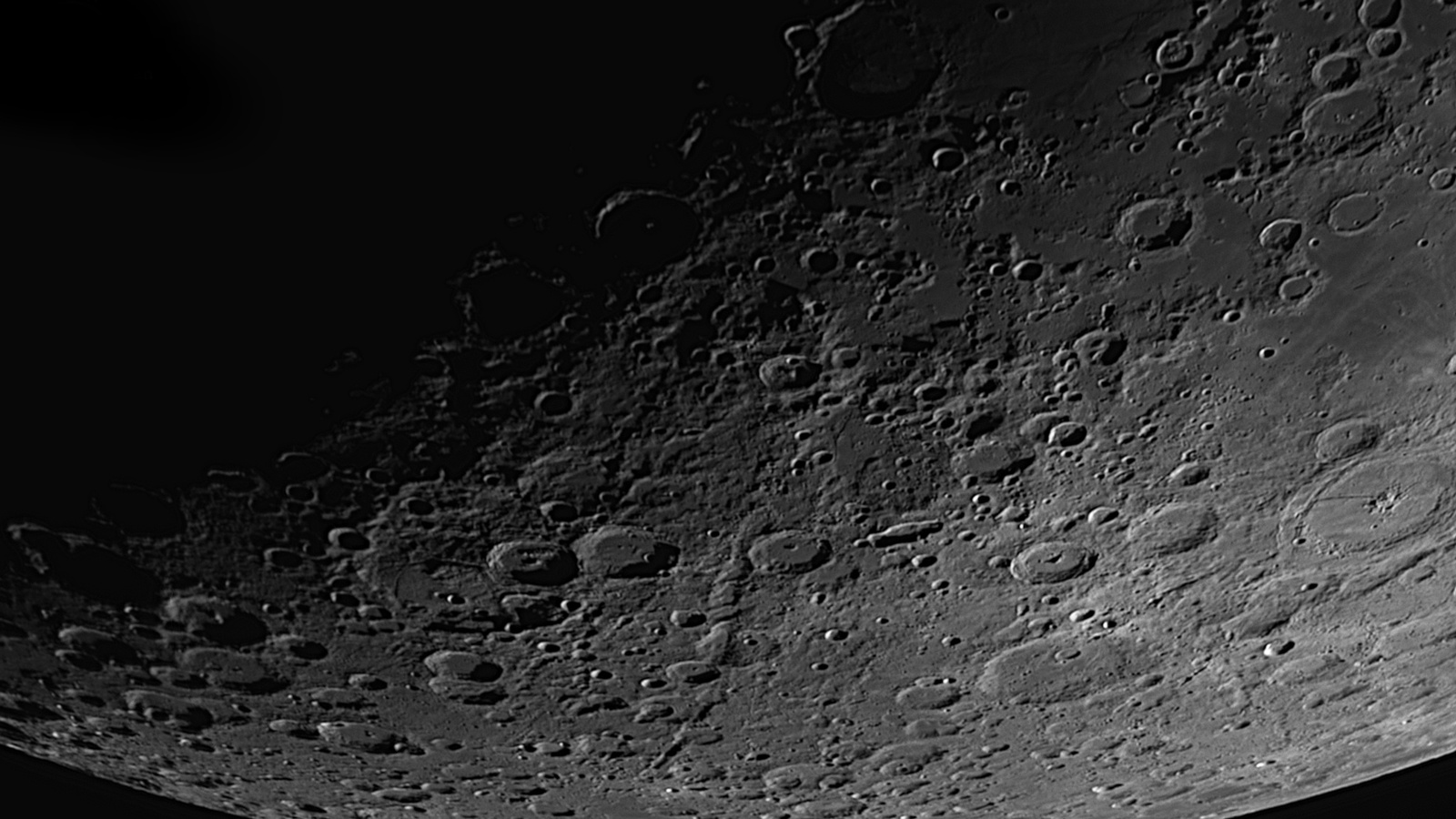
Jack Loughran Tue 29 Oct 2024
Collected at: https://eandt.theiet.org/2024/10/29/nasa-identifies-nine-landing-sites-its-first-crewed-moon-mission-over-50-years
Nasa has identified nine unexplored sites for the first crewed Moon landing in half a century that it says could hold vital resources, including water.
For its Artemis III mission, Nasa has proposed landing regions that warrant further scientific investigation, all located near the lunar south pole.
The Artemis programme was formally established in 2017 and launched its first uncrewed mission in November 2022 using the long-delayed Space Launch System rocket.
Artemis II was originally planned to take place this year and would have been the first scheduled crewed mission since 1972, with four astronauts performing a flyby of the Moon before returning to Earth. This would have been followed by a crewed landing on the Moon for Artemis III in 2025.
Unfortunately, the US Government Accountability Office concluded in late 2023 that neither mission was likely to happen on time , because of multiple challenges with the development of the human landing system and the space suits. Nasa now officially expects Artemis III to launch no earlier than September 2026.
“Artemis will return humanity to the Moon and visit unexplored areas. Nasa’s selection of these regions shows our commitment to landing crew safely near the lunar south pole, where they will help uncover new scientific discoveries and learn to live on the lunar surface,” said Lakiesha Hawkins, assistant deputy associate administrator on the Moon to Mars programme.
The proposed Artemis III lunar landing regions were picked for their diverse geological characteristics that offer flexibility for mission availability.
“The Moon’s south pole is a completely different environment than where we landed during the Apollo missions,” said Sarah Noble, Artemis lunar science lead. “It offers access to some of the Moon’s oldest terrain, as well as cold, shadowed regions that may contain water and other compounds. Any of these landing regions will enable us to do amazing science and make new discoveries.”
To select the landing regions, a team of scientists and engineers analysed data from Nasa’s Lunar Reconnaissance Orbiter alongside pre-existing lunar science research. Factors in the selection process included science potential, launch window availability, terrain suitability, communication capabilities with Earth and lighting conditions.

Leave a Reply